
views
Getting Qualified

Turn 16. You need to be at least 16 years old to obtain a private helicopter license. You need a private helicopter license before you can get a commercial helicopter license. Once you have your private helicopter license, you'll need to be at least 17 to obtain your commercial helicopter license.

Visit the doctor. All pilots have to pass a medical exam provided by an FAA approved physician. You can be disqualified if you have any health problems that might imply the risk of lapses in consciousness. These could include heart problems, psychological disorders, or a history of drug abuse. Your hearing and vision will also be checked, as well as your ability to perceive color. Students with poor color vision may be prevented from becoming pilots. Pilots need to distinguish colors in order to understand light-signals when operating a helicopter. If you think you may have poor color vision, ask your optometrist to administer a test before you begin pursuing a career as a pilot. If you are worried about being disqualified for any of these conditions, talk to an FAA approved medical examiner about your concerns. Find an FAA approved medical examiner on the FAA website.

Study up. You do not need to graduate from college to fly a helicopter, but having a degree can make it a lot easier to find a job. Most employers require you to have at least an associate's degree, and prefer a bachelor's. If you know you want to fly helicopters for a living, consider going to college for math, physics, or aeronautical engineering. Helicopter pilots need to know algebra, geometry, trigonometry, and calculus. There will be math questions on the test, and you will need especially good math skills to fly commercially. You can take math classes at your flight school or aeronautical college. You can also study with books and study guides: look for guides written specifically for pilots.
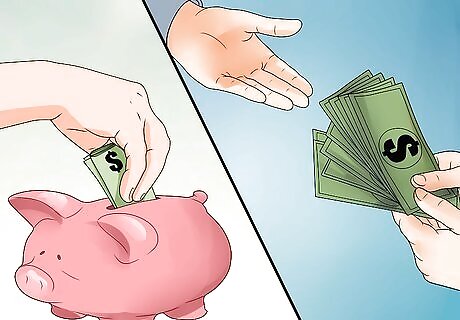
Save or take out a loan. Getting civilian training is expensive. Flight schools will require you to provide some proof of funds before you are admitted. You can expect to pay $10,000-$15,000 for the training it will take to pass the helicopter pilot certification exams, plus $18,000-20,000 for commercial certification. Flight time with an instructor costs approximately $200 an hour. For time flying solo, you might pay around $160. The tests themselves must be taken through an FAA approved testing company. The written exams will run you between $200 to $300. The flight exams cost roughly $500. If you choose to take out a loan, you might want to look into a Career Training Loan. If you are already a pilot with a fixed wing license, you can apply for a rotorcraft add-on license, and you will not be required to fly as many hours to qualify for it. There are few scholarships available for students of rotorcraft. There is a non-profit called Whirly-Girls that provides women who have already gotten their private pilot certification with scholarships to help them achieve a commercial private pilot certification.
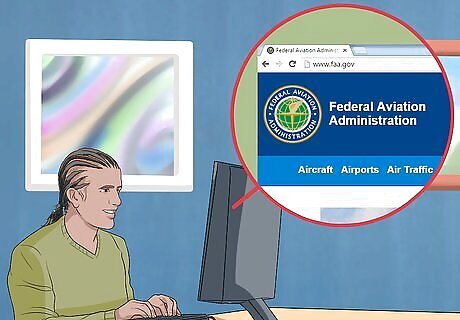
Pick the flight school that's right for you. You can find flight schools with a standardized curriculum listed on the FAA website. Before you choose, ask yourself where you want to be employed as a helicopter pilot in the future. If you want to fly in a mountainous area, you will get more practice if you go to a flight school in a mountainous area. Opt for schools that can boast of a high graduation rate and good job placement for graduates. To be admitted, you will need to have passed your medical examination. You will also need proof of funds and a high school degree or equivalent. Prospective rotorcraft students whose first language is not English must pass the TOEFL exam. Consider attending a college or a university that offers an aviation program. That way, you can get your associate's or bachelor's degree at the same time that you obtain your helicopter licenses.
Becoming a Pilot
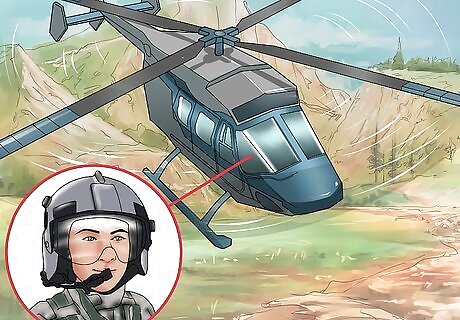
Get your flight experience. In flight school, you will learn all the controls and maneuvers used to fly and land a helicopter. You will use simulators at first, then fly helicopters with an instructor. Before qualifying for your private license, you will do at least three hours of dual cross-country flying, three hours of dual nighttime flying, and three hours of solo cross-country flying. You will perform one 75-nautical mile cross-country flight, and perform three solo takeoffs and landings. Dual flight time happens when you are flying the helicopter accompanied by your instructor. Solo flight time is when you are the sole occupant of the helicopter, though you may receive radio communications from your instructor on the ground. You will not begin flying solo until your flight instructor thinks you are ready. Your first solo flight is a milestone of your training. Pilots call it "soloing."
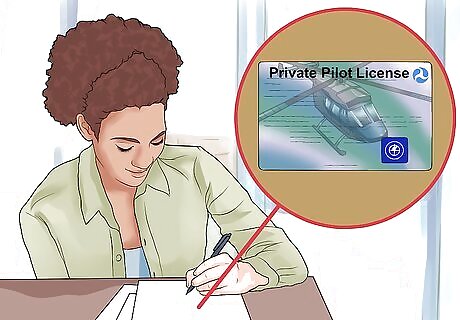
Take your private license exam. Once you have amassed 40 hours of flight experience, including at least 10 hours as PIC, you can take your private license exam. You must score at least 70 percent to pass your written exam. This exam has 30-50 questions. Your flight exam will require you to answer questions and perform maneuvers you have learned in your flight lessons. If you fail a portion of it, you may be allowed to retake that part of the test. Your exams will mostly be comprised of questions about rotorcraft and flying. You will be asked to identify functions of different parts of aircraft, quizzed on which moves to make during different crises, and asked to figure out simple points of procedure. Study by taking the practice exams available at the FAA site.
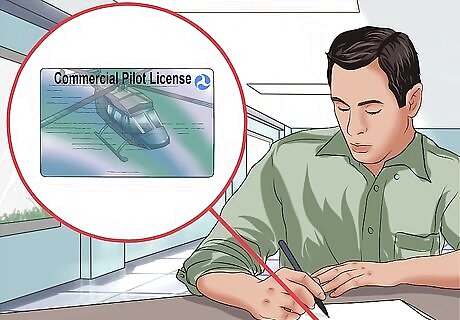
Take your commercial license exam. Once you have passed your private license exam, you must fly 150 solo hours before you qualify for your commercial helicopter license. If you are only interested in flying as a hobby, you do not have to get this license. If you are looking to work as a pilot, you will need to take the commercial license exam. This exam is similar to your private license exam, but includes an oral component and a check-ride. During your exam your examiner will ask you to plan a flight. They will ask you follow up questions about conditions and procedure. After or during this part of the exam, you will pilot a short flight with your examiner beside you. If you make an error, your examiner can choose to fail you, forcing you to take the entire test again, or pass you on the condition that you retake the section you failed. Once you have successfully demonstrated flying ability, flight knowledge, and good judgement, you will pass.
Getting a Job
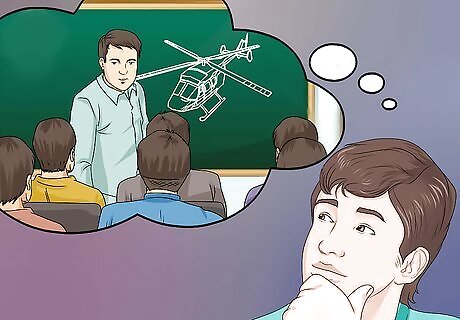
Consider becoming a commercial flight instructor. To get an introductory pilot job, you will likely be required to have between 500 to 1000 hours of experience piloting a helicopter. You will not have amassed that many hours in the process of obtaining your commercial rotorcraft license: that will only have taken you 150 hours. To become a flight instructor, however, you are only required to have 200 hours. You can earn the hours you need to land a pilot job, and get paid to do so, by flying as an instructor.
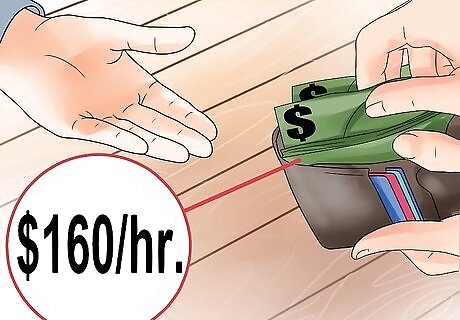
Pay for more hours. Because most jobs require more hours of flight experience than you will accrue in flight school, you might have to pay for more hours. If you do not becoming a commercial flight instructor, you can expect to pay about 160 dollars an hour for solo flight time with a private instructor.
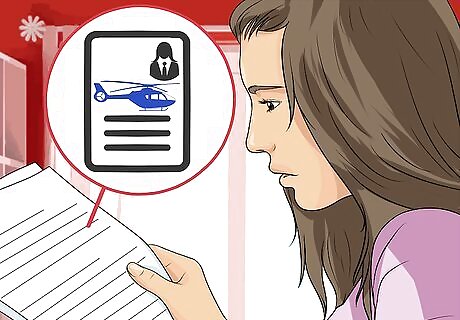
Prepare a resume. Your helicopter pilot's resume will list your hours of flight as well as your education and work experience. Include the aircraft you are familiar with, and any awards you have achieved from your flight school or the FAA. Ask your flight school for help making a professional looking resume, or look for templates online.
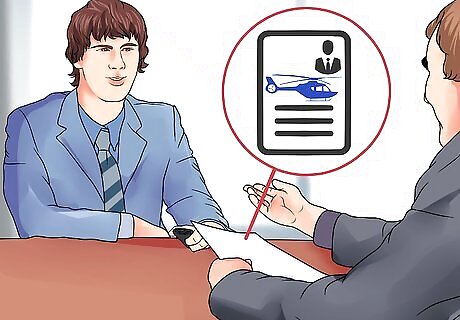
Apply for work. Some industries you might enter include offshore support, fire fighting, law enforcement, agriculture, pipeline and utility support, sightseeing, executive transport, fishing, logging, EMS (Emergency Medical Services), and search and rescue. Check the requirements for each job posting to make sure you know how many hours you'll need to have flown, and if there are any other qualifications you might need. As soon as you graduate, ask your school if they are hiring, and to put you on a list of possible hires.




















Comments
0 comment